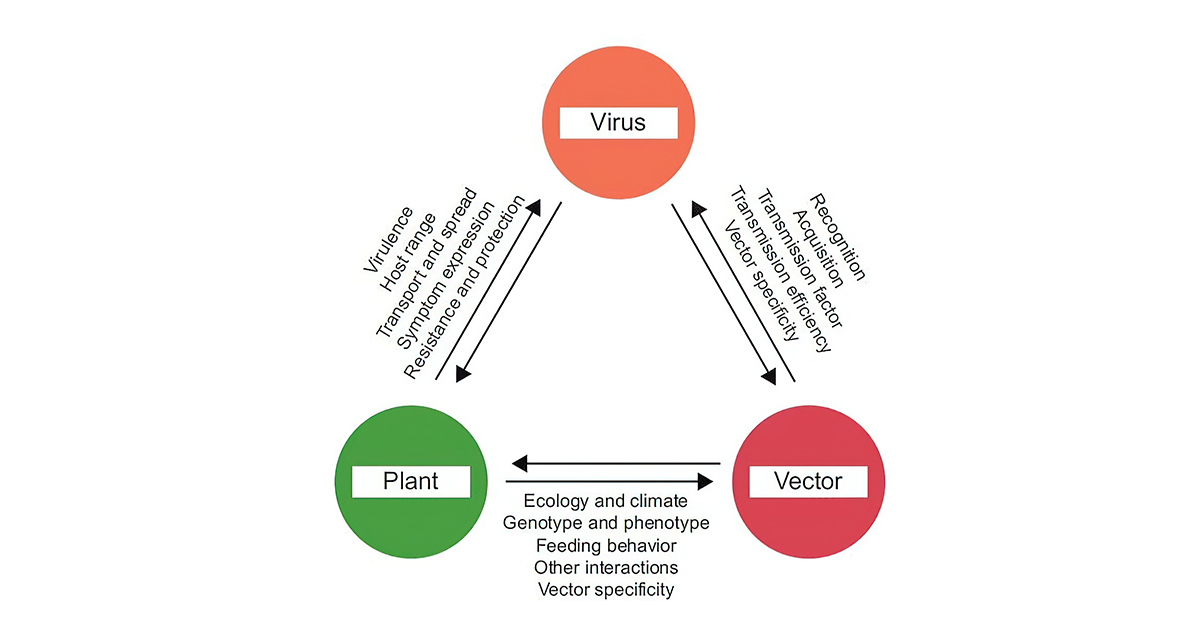- 3.4Impact Factor
- 6.0CiteScore
- 20 daysTime to First Decision
Plant Diseases: Interactions, Resistance, Epidemiology, and Control
This special issue belongs to the section “Plant Science“.
Special Issue Information
Dear Colleagues,
Due to global climate warming, increasing transportation of agricultural products and planting materials and intensive agricultural farming practices, the epidemics of emerging pathogens and known pathogens significantly threaten crop production. The development of a control measure for a plant disease in a crop requires a good understanding of the epidemiology which involves the pathogen, host, vectors and changing environment. Epidemiology concerns how and why a pathogen spreads in a plant population, and the consequences in terms of disease. For the effective management of a plant disease, first obtaining an understanding of its epidemiology is essential.
In recent years, the understanding of the interactions between crop pathogens, their hosts and vectors, and the epidemic rules of various crop diseases have increased significantly. Epidemiological studies on the distribution and determinants of crop diseases and the application of these studies to the control of diseases will be the focus of this Special Issue.
In particular, we welcome contributions on the following topics:
- Pathogen–host interactions during viral replication, translation, movement and host resistance;
- Pathogen–vector interactions during transmission;
- Epidemic determinants;
- Current understanding of the best management strategies to control crop diseases.
Prof. Dr. Xifeng Wang
Dr. Jiban Kumar Kundu
Guest Editors
Manuscript Submission Information
Manuscripts should be submitted online at www.mdpi.com by registering and logging in to this website. Once you are registered, click here to go to the submission form. Manuscripts can be submitted until the deadline. All submissions that pass pre-check are peer-reviewed. Accepted papers will be published continuously in the journal (as soon as accepted) and will be listed together on the special issue website. Research articles, review articles as well as short communications are invited. For planned papers, a title and short abstract (about 250 words) can be sent to the Editorial Office for assessment.
Submitted manuscripts should not have been published previously, nor be under consideration for publication elsewhere (except conference proceedings papers). All manuscripts are thoroughly refereed through a single-blind peer-review process. A guide for authors and other relevant information for submission of manuscripts is available on the Instructions for Authors page. Life is an international peer-reviewed open access monthly journal published by MDPI.
Please visit the Instructions for Authors page before submitting a manuscript. The Article Processing Charge (APC) for publication in this open access journal is 2600 CHF (Swiss Francs). Submitted papers should be well formatted and use good English. Authors may use MDPI's English editing service prior to publication or during author revisions.
Keywords
- crop diseases
- crops
- transmission
- epidemics
- control

Benefits of Publishing in a Special Issue
- Ease of navigation: Grouping papers by topic helps scholars navigate broad scope journals more efficiently.
- Greater discoverability: Special Issues support the reach and impact of scientific research. Articles in Special Issues are more discoverable and cited more frequently.
- Expansion of research network: Special Issues facilitate connections among authors, fostering scientific collaborations.
- External promotion: Articles in Special Issues are often promoted through the journal's social media, increasing their visibility.
- e-Book format: Special Issues with more than 10 articles can be published as dedicated e-books, ensuring wide and rapid dissemination.

